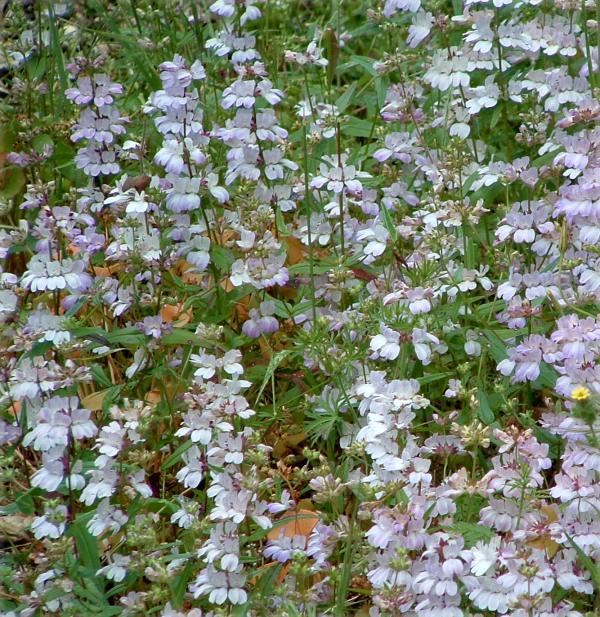
During the middle of the heian period, the fujiwara officials implemented a regency government. While someone from the west would say that purple is the color of royalty, luxury, ambition, and nobility, things are pretty different in china.

While someone from the west would say that purple is the color of royalty, luxury, ambition, and nobility, things are pretty different in china.
What does the color purple mean in china. This symbolism comes from the emperor period when the king’s advisors were dressed in purple. While someone from the west would say that purple is the color of royalty, luxury, ambition, and nobility, things are pretty different in china. During the middle of the heian period, the fujiwara officials implemented a regency government.
Purple is the color of a propitious omen and solemnity. The three main lucky colors considered lucky in people�s daily lives as well as on special occasions are red, yellow, and green. With fuji meaning wisteria flowers in japanese, the color purple became a synonym for the ruling class again.
Unlike european and british cultures, purple has deep religious meaning in china. Younger consumers are highly attracted to purple when it is used in brands and for marketing. Color in chinese culture refers to the certain values that chinese culture attaches to colors, like which colors are considered auspicious (吉利) or inauspicious (不利).the chinese word for color is yánsè (顏色).in classical chinese, the character sè (色) more accurately meant color in the face, or emotion.it was generally used alone and often implied sexual desire or.
Here, purple symbolizes love and it is used just how red is used in the west. Grey in chinese symbolises humbleness and unassumingness. Like in many european and british cultures, purple is a symbol of nobility (however it was never the imperial color).
The color purple has been associated with the third eye chakra regarding spirituality and the occult. Black means that the character is neutral. The color purple in chinese means royalty.
Colors are important to chinese culture as they are endowed with lucky meanings. Today purple in chinese is more associated with love or romance particularly with younger generations. In modern times, purple is being used to represent love or romance in china just as red color does in the west.
An ancient taoist symbol of divine presence is canonized as “a purple cloud coming from the east”. This is because the color is used to activate psychic abilities, visions, and more spiritual concepts. In its own right, purple can represent justice and sophistication.
Ancient chinese people wore white clothes and hats only when they mourned for the dead. Purple in china represented divinity and immortality in ancient times. Zǐ) refers to the north star (polaris), which in ancient china was called the ziwei star, the north star was in traditional chinese astrology the abode of.
We have also covered color combinations preferred in china. I believe that to the chinese it represents royalty. Lastly, we have provided some insight into unlucky colors for your awareness.
Purple has strong symbolism in china. The color purple has also been associated with the crown chakra, which is an important area for enlightenment. That is still true to this day.
In modern times, purple is being used to represent love or romance in china just as red color does in the west. That tradition is still practiced today. Purple also represents strength and spiritual awareness.
Purple is a beautiful color and lots of chinese people (especially women) dream about provence landscapes which are purple. This color is also a power color. Purple pink red orange brown.
Is sometimes used as a substitute for red. Among the chinese people, there is the saying purple sparrows in beams, carries mud in pairs, coming and going. white is the color of mourning. It stands for immortality and divinity, while in the recent times the meaning is changing and the color represents romance and love.
I don�t really think purple represents any unique meaning on most occasions for chinese.